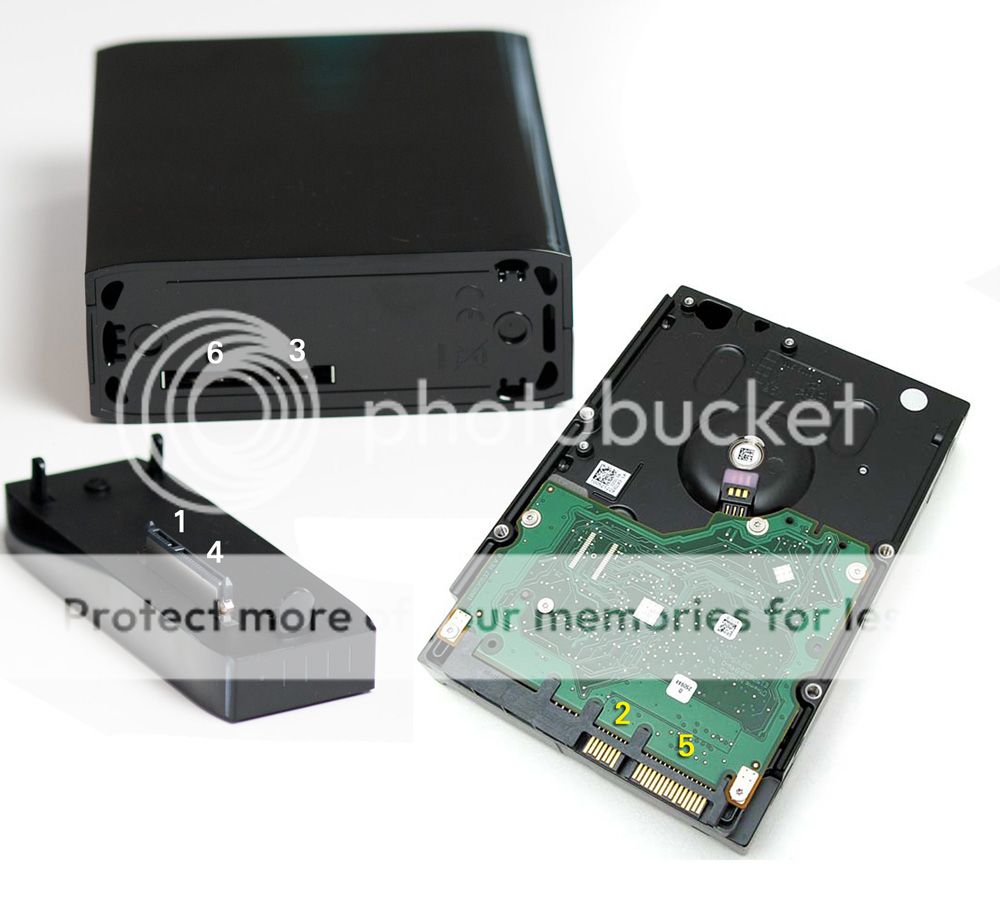I wanted to know if I will have a significant speed advantage of connecting my 2TB Seagate USB 2.0 HDD directly to SATA on my PC. I never carried the drive away from the rack so I was wondering by doing so, if I could
(1) gain some speed (if possible)
(2) save a USB port
(3) avoid power adaptor
(4) get rid of messy wires
So I opened up the plastic enclosure today, shoved it into the HDD bay, wired it on SATA and compared the speed. I am shocked to know how faster it is now. :yahoo:
Tested other drives as well during the experiment. Configuration of PC used is in my signature. Used CrystalDisk Mark software for testing.
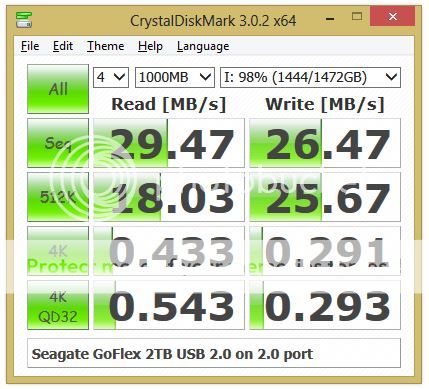
Seagate GoFlex USB 2.0 HDD 3.5", 2TB connected on USB 2.0 port
That's too slow. I should have been a very patient person to have lived with it.
I should have been a very patient person to have lived with it.
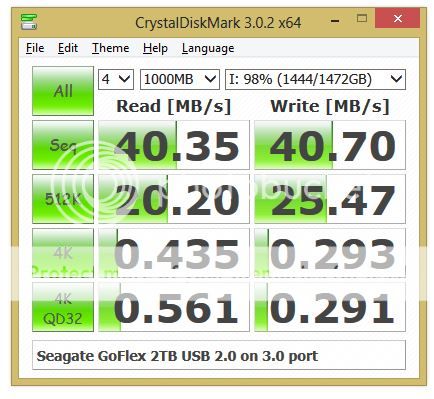
Seagate GoFlex USB 2.0 HDD 3.5", 2TB connected on USB 3.0 port
Hmm. Unexpected. The USB 3.0 architecture seems to help the older 2.0 interface drives to perform better (atleast with large files, sequential read/write). Random access speed is almost same.
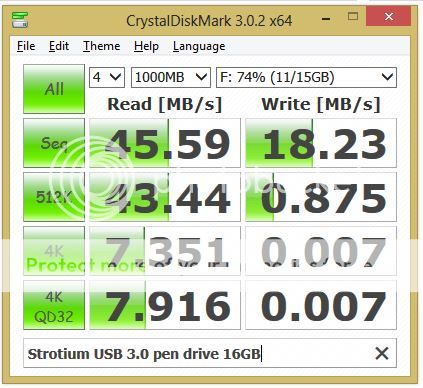
This is a test on a USB 3.0 pen drive 16GB
Not so much of difference from previous test in sequential read/ write but for short bursts of random read/ write, it definitely shines. But I am not clear why 512k random write is so slow. Tried twice but with same results. Smaller files write speed is pathetic. :sad:
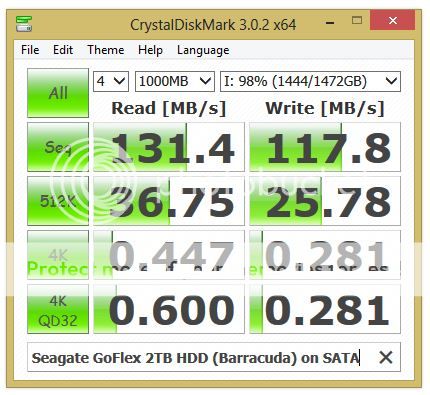
Going back to the Seagate drive, now it is directly mounted in the PC. Large file sequential read/ write speed is amazing. Around 300% faster. Perfect for storing large video files. I am so glad with the result that I just packed its plastic enclosure and accessories and kept it aside. Ofcourse not much of difference in accessing or writing small files, but there aren't any on this drive.
Perfect for storing large video files. I am so glad with the result that I just packed its plastic enclosure and accessories and kept it aside. Ofcourse not much of difference in accessing or writing small files, but there aren't any on this drive.
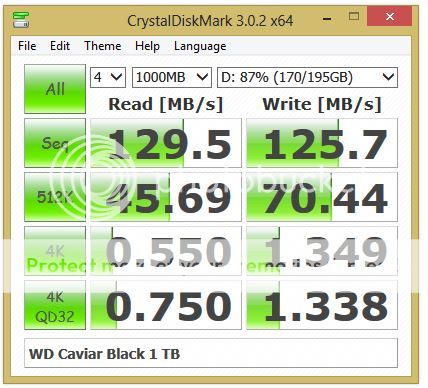
Now for the speed test on my WD Caviar Black 1 TB drive
Sequential performance with large files is not so different but some improvement in read speed of random data observed. However, random write speed is almost 3 times faster for smaller files.
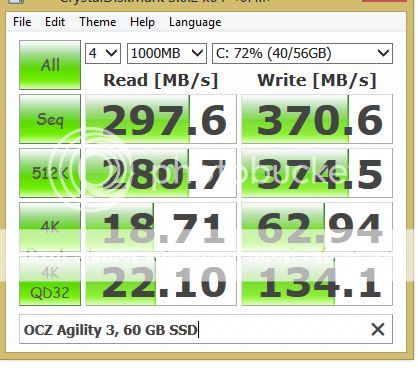
Finally tested my OCZ SSD which simply beat the living daylights out of all other contenders here. No wonder my PC boots to start screen in 6 seconds flat.
(1) gain some speed (if possible)
(2) save a USB port
(3) avoid power adaptor
(4) get rid of messy wires
So I opened up the plastic enclosure today, shoved it into the HDD bay, wired it on SATA and compared the speed. I am shocked to know how faster it is now. :yahoo:
Tested other drives as well during the experiment. Configuration of PC used is in my signature. Used CrystalDisk Mark software for testing.

Seagate GoFlex USB 2.0 HDD 3.5", 2TB connected on USB 2.0 port
That's too slow.

Seagate GoFlex USB 2.0 HDD 3.5", 2TB connected on USB 3.0 port
Hmm. Unexpected. The USB 3.0 architecture seems to help the older 2.0 interface drives to perform better (atleast with large files, sequential read/write). Random access speed is almost same.

This is a test on a USB 3.0 pen drive 16GB
Not so much of difference from previous test in sequential read/ write but for short bursts of random read/ write, it definitely shines. But I am not clear why 512k random write is so slow. Tried twice but with same results. Smaller files write speed is pathetic. :sad:

Going back to the Seagate drive, now it is directly mounted in the PC. Large file sequential read/ write speed is amazing. Around 300% faster.

Now for the speed test on my WD Caviar Black 1 TB drive
Sequential performance with large files is not so different but some improvement in read speed of random data observed. However, random write speed is almost 3 times faster for smaller files.

Finally tested my OCZ SSD which simply beat the living daylights out of all other contenders here. No wonder my PC boots to start screen in 6 seconds flat.
Last edited:


